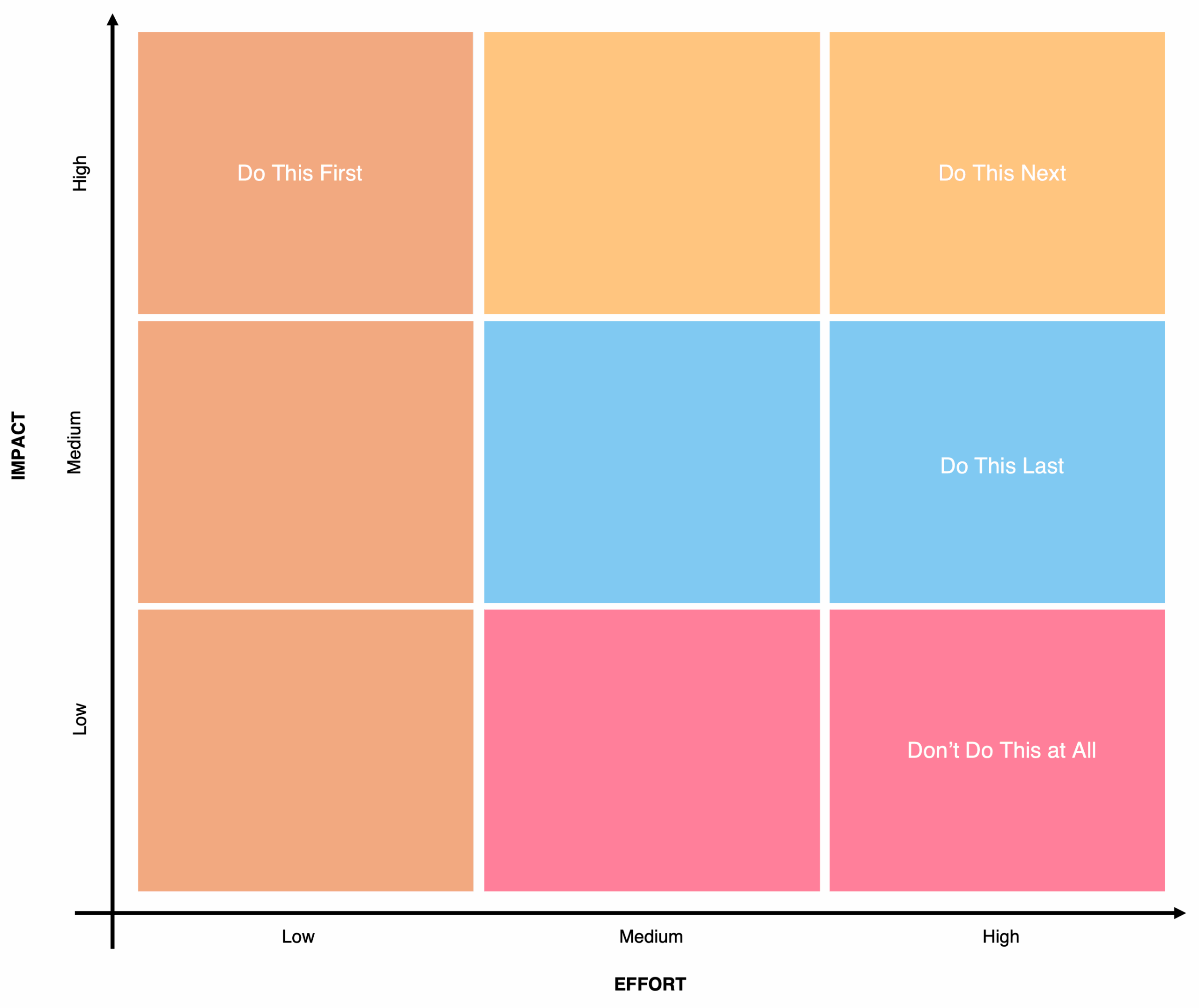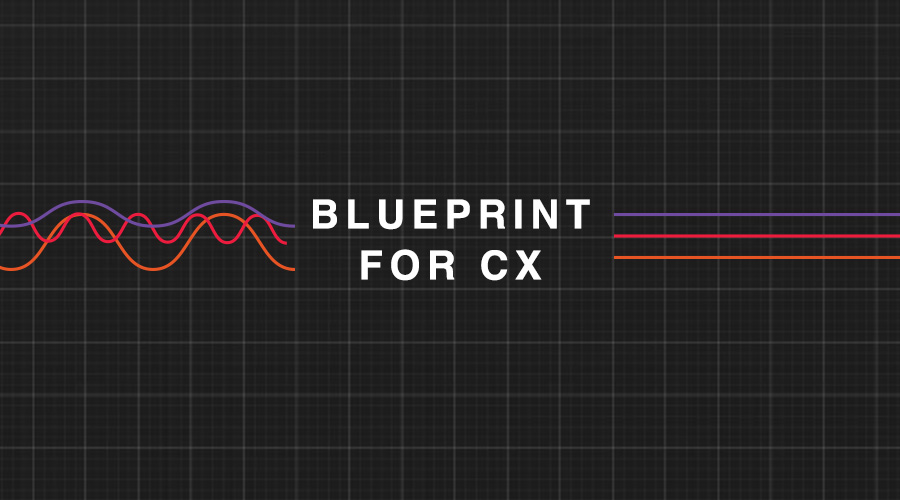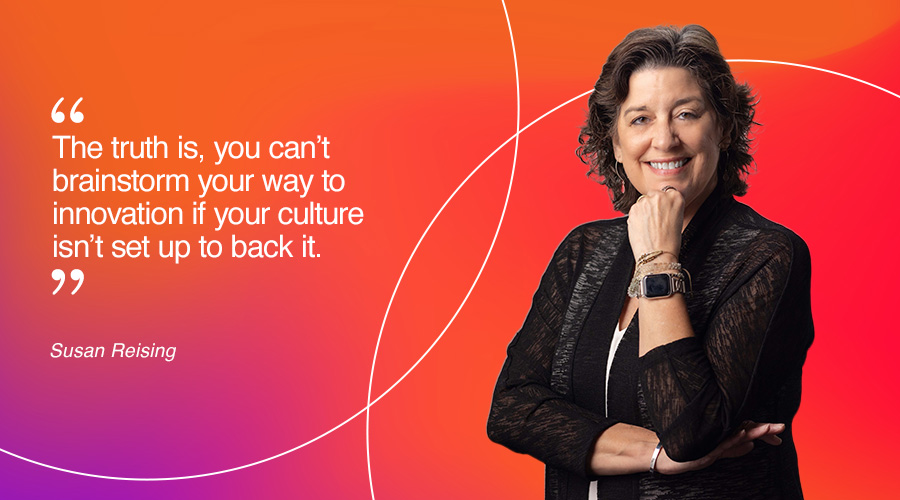When metrics start slipping, campaigns underperform or processes feel more tangled than helpful, it can feel like your marketing is in crisis mode. Time and resources are limited, pressure is high and the challenges pile up fast turning into what feels like full-blown fires. After decades of helping brands navigate just about every kind of mess, we’ve learned a thing or two about what works. Our core teams know how to roll up their sleeves, rally quickly and bring the right mix of brains to the table. We have proven tools to help you triage, prioritize and get back to creating meaningful impact.
So, let’s break down some practical steps we use to plan strategically and keep the chaos in check.
1. Define Your Purpose
Before racing in with quick fixes or wasting months planning without a purpose, get crystal-clear on what you need to achieve as a team and as a business. Without a clear purpose, it’s easy to confuse activity with progress. Teams spin their wheels, priorities shift weekly and resources get spread so thin that nothing sticks. Defining purpose upfront keeps everyone rowing in the same direction and makes it easier to say “no” to distractions that don’t serve the bigger picture.
- Business Outcome: Start by identifying a single business outcome, or two, that will guide your efforts. Think of these as the headlines for your strategy: “Boost leads by 20% in Q4.” or “Drive a 15% lift in demo requests.” To land on the right outcome, step back and ask yourself “What matters most to the business right now? Where do we see the biggest gap or the clearest opportunity?”
When you frame your outcome, make sure it’s tied directly to business priorities, not just marketing activity. Revenue growth, customer retention or market expansion are the kinds of anchors that ensure your work ladders up to the bigger picture.
And here’s the most important part: resist the temptation to chase everything at once. A scattered list of goals may feel ambitious, but in practice it spreads your team too thin. A sharper focus makes it far more likely that you’ll actually move the needle and have the proof points to show for it.
- KPIs: Assign each outcome a primary metric (lead conversion rate, demo conversions, Marketing Qualified Lead to Sales Qualified Lead velocity). Then go one step further: define what success looks like at key checkpoints along the way. This gives your team milestones to celebrate and keeps momentum high.
This alignment ensures every action you take connects back to measurable results and keeps you from mistaking “being busy” for actually making progress.
2. Map Resources, Behaviors and Impacts
Impact Mapping is about making the invisible connections visible. In every “triage” session, we use this framework to answer one core question: how does the work we’re doing change behavior in a way that moves the business? Instead of throwing tactics at the wall, the process forces us to slow down and map the chain from resources, to behaviors, to impacts.
We usually begin by asking: “Whose actions really matter here?” That could be prospects, sales reps or even channel partners. Then we get specific: “What’s the single behavior we want from them?” Maybe it’s opening a product nurture email, booking a live demo or sharing content with a colleague.
From there, we ask the question: “What levers could we pull to spark that behavior?” For each idea, we guide clients to sketch a “minimal deliverable”: a landing-page variant, an email sequence tweak or a micro-webinar. This allows for actionable items to be listed and expectations of behavior to be clearly defined.
By making the steps this explicit – who we’re asking, what we’re asking them to do and how we’ll spark the change – we give everyone a clear line of sight between their work and the business goal. When teams can see that connection, alignment comes faster, momentum builds and results stick.
3. Prioritize via Impact x Effort
In triage mode, we can’t do everything at once. So, we plot each deliverable on a simple grid to see where effort will drive the strongest outcome without draining resources.
- High Impact, Low Effort (Do This First): Quick wins like fixing a broken CTA or swapping one email subject line. Think of these as your “easy wins” that can help clear bottlenecks or unlock hidden value.
- High Impact, High Effort (Do This Next): More involved work — redesigning a landing page or building a new integration. These are projects worth the investment, but they take planning and resources. Tackle them once the quick wins are done so your team has both confidence and momentum heading in.
- Medium Impact, High Effort (Do This Last): Valuable but schedule these after your quick wins. They might pay off in the long term, but they won’t move the needle fast enough to justify immediate focus. Think of things like experimenting with a new content series or building a custom reporting dashboard.
- Low Impact, High Effort (Don’t Do This at All): Not valuable and a resource drain. These are the projects that sound exciting but don’t clearly tie back to business goals. An example might be launching a flashy microsite for a low-priority campaign. Spotting these early helps you protect your team’s time and budget.
This grid keeps your team focused on what moves the needle now, while giving you a framework to explain (and defend) why certain initiatives are being delayed or skipped. It’s not just about prioritization; it’s about alignment and making sure your limited resources go exactly where they’ll matter most.
4. Execute With the Simantel Way Roadmap
We structure work into four iterative phases so that you can tackle challenges with clarity and accountability. This roadmap keeps everyone aligned on what’s happening now, what’s coming next and how each step connects to the bigger picture. It also prevents teams from jumping straight to tactics without grounding decisions in strategy. Below is a snapshot of our roadmap.
- Bridge: Listen, align and scope. In this phase we rapidly gather data and ideas to create the action plan for moving forward.
- Build: Pilot top-priority deliverables. In this phase, we get to creating and bringing to life the deliverables that your team needs to reach their goals.
- Become: Gather results and optimize for scale. Become is all about improving the product and getting more value out of the work we do together.
- Belong: Institutionalize and sustain impact. Belong is where we build long-term plans based on your unique needs.
5. Lean on Data, Communicate Clearly and Measure Impact
When everything feels urgent, data is your compass. Pull performance reports and visualize trends. Did open rates drop when you changed an image? Does a different CTA deliver higher conversions? Run A/B tests to isolate variables. After each change, compare new results against your baseline.
Keep stakeholders in the loop with a concise memo or dashboard. Spell out what you’ve tackled, what’s next and realistic timelines. Transparency calms nerves and secures buy-in.
Consider these communication points:
- Summarize actions taken and why they matter
- Share results in plain language, not just raw numbers
- Outline what’s planned next so expectations stay aligned
6. Build a Living Playbook
The most successful playbooks don’t just collect outputs; they document how the work got done and make it easy for others to replicate. They often include:
- Step-by-step workflows, not just final outputs
- Real examples (dashboards, campaign snapshots, test results) to make abstract ideas concrete
- Collaborative inputs, with team members contributing lessons learned or shortcuts that saved time
- Regular updates, so the playbook reflects current best practices instead of outdated methods
By building a living playbook, be sure to record your framework. The way you defined problems, mapped impacts, prioritized grid placements and measured outcomes should be captured, if it worked or didn’t. This way, your team learns faster each time. Over time, this playbook becomes your go-to for new team members and a proof point of what works. Reactive scrambles transform into a repeatable process that sustains growth.
Put It Into Action
When you face that next “marketing emergency,” whether that’s identifying what you can still squeeze in before end-of-year to hit your goals or planning for all the work your team needs to accomplish next year, don’t be afraid to approach it from a triage perspective. It will help identify where you can generate the most lift and define what needs to stop to keep your team moving.
If you need a partner to help facilitate you through the process or bring any of your plans to life, remember your friends at Simantel are just a few clicks away!






